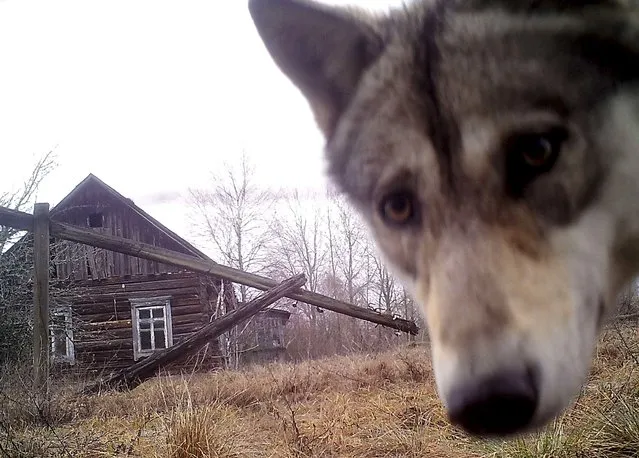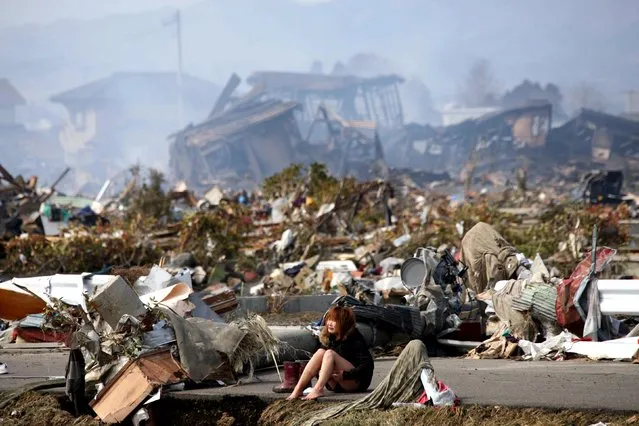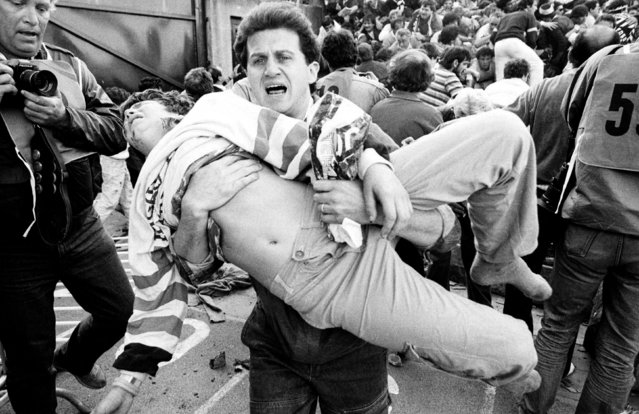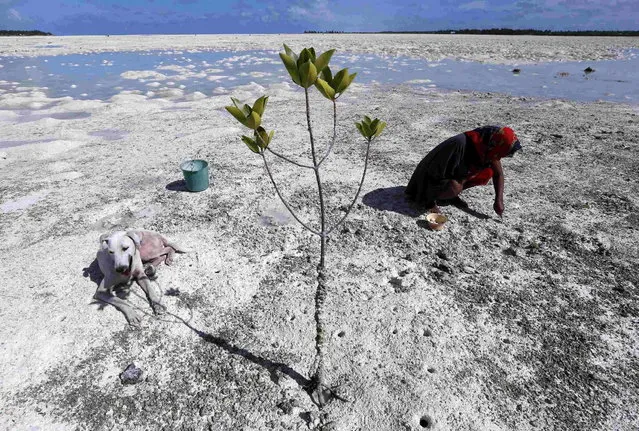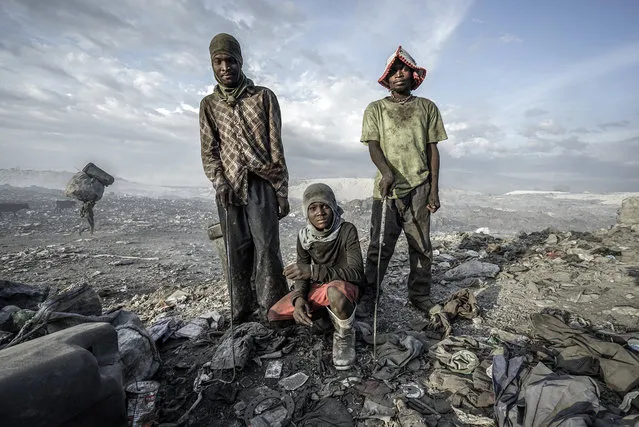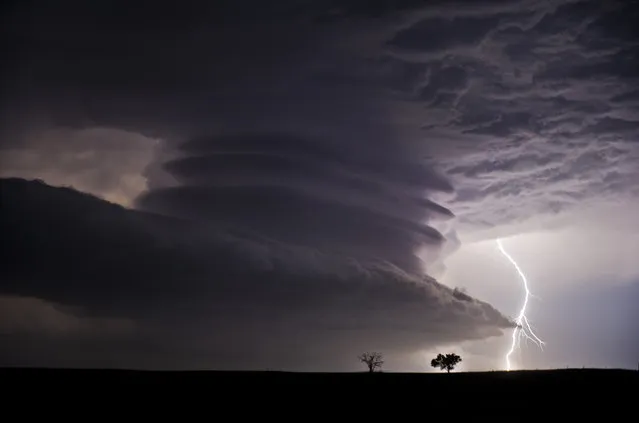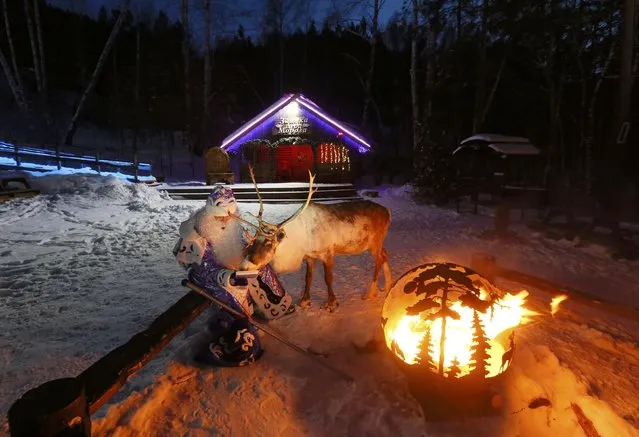
A man dressed as Father Frost, Russian equivalent of Santa Claus, sits by the fire with a reindeer Yakut, marking winter solstice at the Royev Ruchey Park of Flora and Fauna in the Siberian Taiga wood in the suburbs of Krasnoyarsk, Russia, December 21, 2016. (Photo by Ilya Naymushin/Reuters)
23 Dec 2016 11:22:00,post received
0 comments

